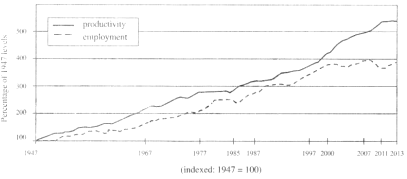题目内容
【题目】—These grapes look really beautiful.
—They _______! See the price $3.99 a pound.Very expensive, aren’t they!
A.might B.could C.would D.should
【答案】D
【解析】
试题分析:考查情景交际和情态动词。“这些葡萄看起来真漂亮。”“他们应该(漂亮)!看价钱,3.99美元一磅。非常贵,不是吗?”根据答语可知,价钱高,商品理应质量高。故选B。

练习册系列答案
 天天向上一本好卷系列答案
天天向上一本好卷系列答案 小学生10分钟应用题系列答案
小学生10分钟应用题系列答案
相关题目

